
Ensuring your four-legged friend is safe and comfortable is a priority for any pet parent. Having the right harness, collar, and leash can mean the difference between an enjoyable walk or a tugging struggle. With so many options available on the market, it can be hard to know which one is the best for your pup.
In this blog post, we’ll explore different types of harnesses, collars, and leashes so you can find the perfect fit for your pup. Read on to learn how to choose the safest and most comfortable option for both you and your pet!
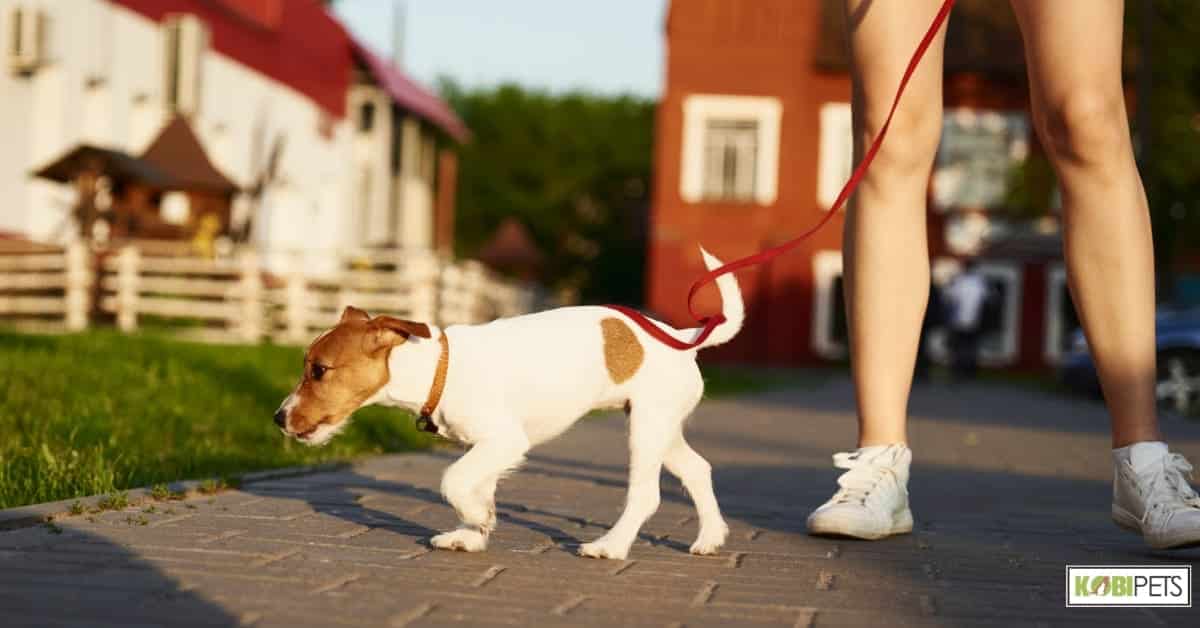
Importance of Finding the Right Harness, Collar, and Leash for Dogs
Finding the right harness, collar, and leash for dogs is essential for the safety and well-being of your pet.
Harness
A well-fitting harness can help distribute the force of a dog’s pull more evenly across the body, which can be especially beneficial for dogs with certain medical conditions or breeds that are prone to certain types of injuries. A harness that is too loose or too tight can cause discomfort and even injury.
Pros
- Reduced pressure on the neck
- Better control
- Increased comfort
- Better fit for dogs with certain medical conditions or breeds that are prone to certain types of injuries
- Better control over the dog
Cons
- Can be difficult to put on some dogs
- Can be uncomfortable for some dogs if not properly fitted
- A harness can rub or chaff on certain dogs
- Can be more expensive than collars
- Can be less secure than collars
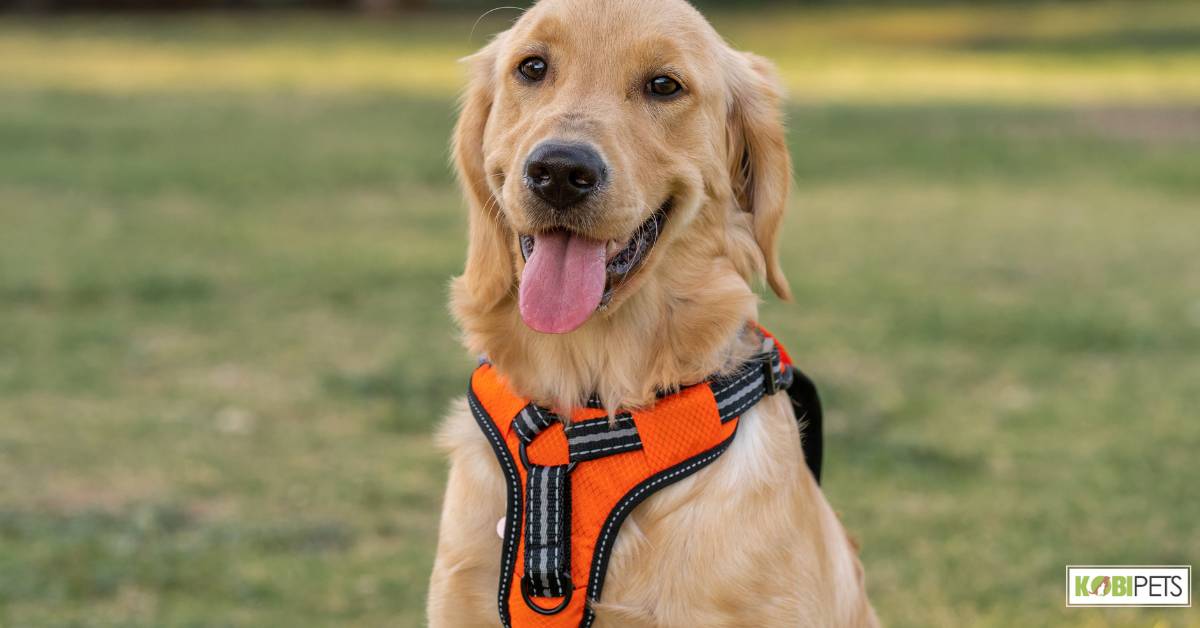
Collar
A collar is also an important piece of equipment, as it is often used to hold identification tags and other important information. However, it’s crucial to choose the right type of collar and ensure it fits correctly.
A collar that is too tight can cause injury, while a collar that is too loose can fall off or get caught on something. Additionally, certain collars such as choke or prong collars, if not used correctly, can cause injury to the dog’s neck.
Pros
- Easier to put on and take off
- More convenient to use than harnesses
- Often cheaper than harnesses
- Can provide better control over the dog
- Can provide more security than harnesses
Cons
- Can cause injury if it’s too tight
- Can fall off or get caught on something if it’s too loose
- Can be less comfortable than harnesses for some dogs
- Can put pressure on the dog’s neck if not used correctly
- Can lead to injury for dogs with certain medical conditions or breeds that are prone to certain types of injuries
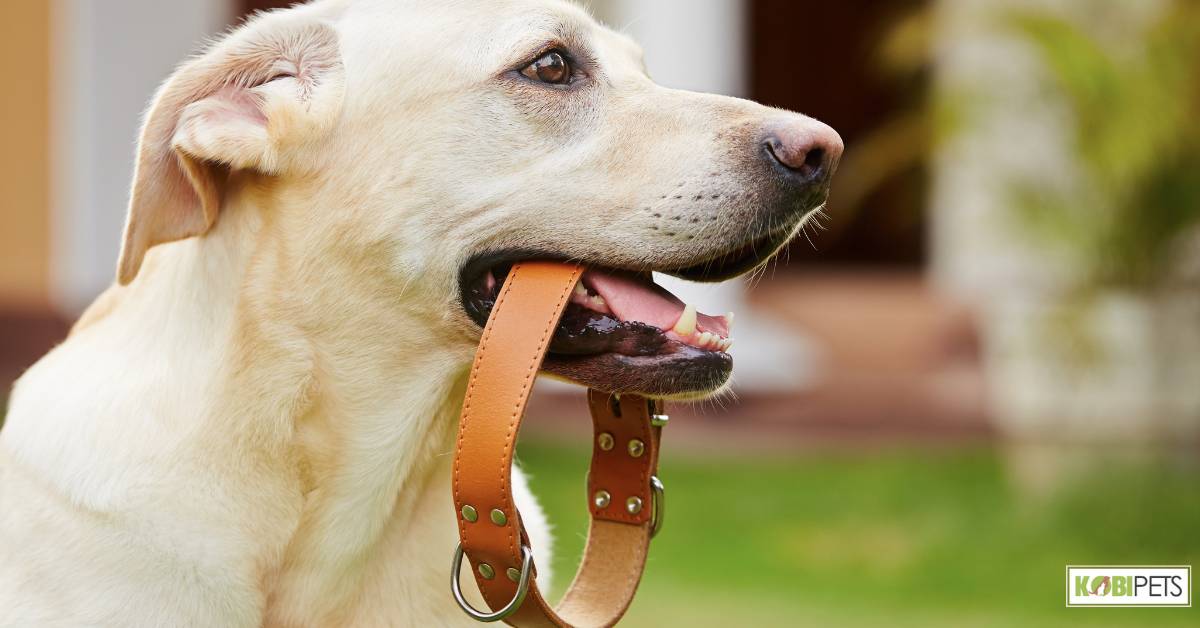
Leash
A leash is a necessary tool for controlling and guiding your dog during walks, training, and other activities. The right leash should be strong and durable, and the right length and width for your dog. Retractable leashes, while popular, can be dangerous if not used properly and can also cause injury to the dog or the owner.
Pros
- Provides control and guidance during walks and training
- Can be used for a variety of activities
- Strong and durable
- Suitable length and width for the dog
- Can provide safety for the dog and owner
Cons
- Can be dangerous if not used properly
- Can cause injury to the dog or the owner
- Can limit the dog’s freedom
- Can be restrictive for the dog
- Can be uncomfortable for the dog if not the right length or width
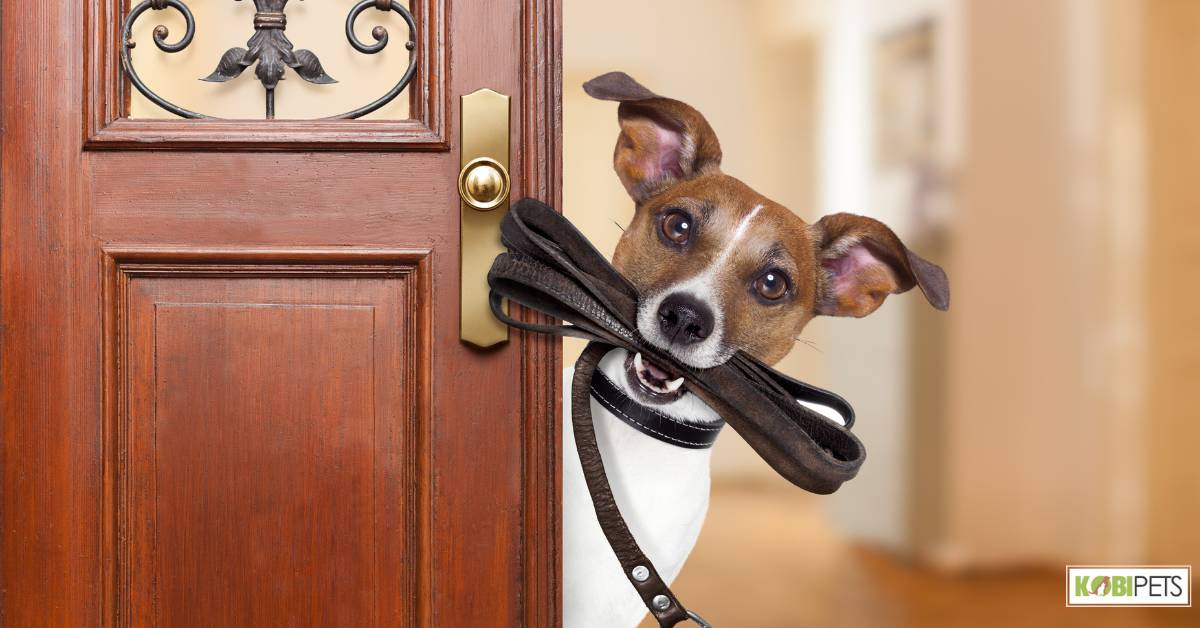
Types of Harnesses
There are several types of harnesses available for dogs, each with its own unique features and benefits.
Front-clip harness
A front-clip harness has a leash attachment located on the chest of the harness, which is designed to discourage pulling by redirecting your dog’s attention toward you. These harnesses can be helpful for dogs who are strong pullers or have a tendency to lunge.
Pros
- Redirects the dog’s attention toward the owner
- Can discourage pulling
- Can provide better control over the dog
- Can provide a better fit for dogs with certain medical conditions or breeds that are prone to certain types of injuries
- Can be more comfortable than a collar for a dog
Cons
- Can be difficult to put on some dogs
- Can be uncomfortable for some dogs if not properly fitted
- Can rub or chaff on certain dogs
- Can be more expensive than collars
- Can be less secure than collars
Back-clip harness
A back-clip harness has a leash attachment located on the back of the harness, which is the most common type of harness used for walking dogs. This type of harness is suitable for most dogs and allows for more freedom of movement for the dog.
Pros
- Can be suitable for most dogs
- Allows for more freedom of movement for the dog
- Can be more comfortable than a collar for a dog
- Can provide better control over the dog
- Can provide a better fit for dogs with certain medical conditions or breeds that are prone to certain types of injuries
Cons
- Can be difficult to put on some dogs
- Can be uncomfortable for some dogs if not properly fitted
- Can rub or chaff on certain dogs
- Can be more expensive than collars
- Can be less secure than collars
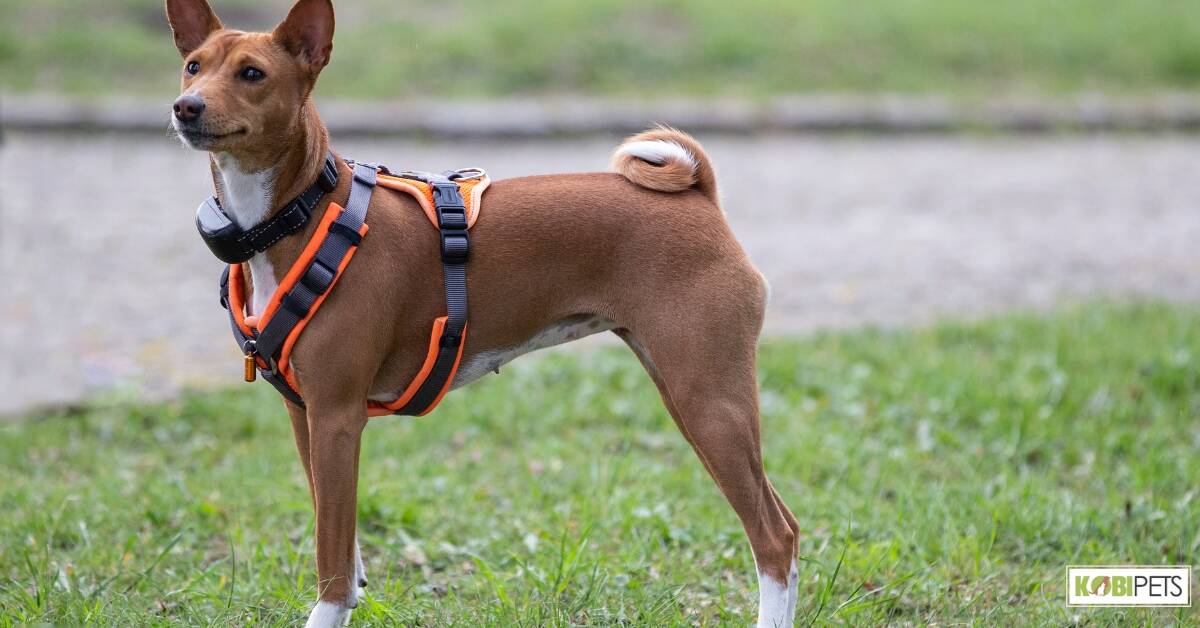
No-pull harness
A no-pull harness is designed to prevent a dog from pulling on the leash by applying pressure to the chest or back of the dog when they pull. These harnesses can be helpful for dogs who are strong pullers or have a tendency to lunge.
Pros
- Can prevent a dog from pulling on the leash
- Can apply pressure to the chest or back of the dog when they pull
- Can help train the dog to stop pulling
- Can provide better control over the dog
- Can provide a better fit for dogs with certain medical conditions or breeds that are prone to certain types of injuries
Cons
- Can be difficult to put on some dogs
- Can be uncomfortable for some dogs if not properly fitted
- Can rub or chaff on certain dogs
- Can be more expensive than collars
- Can be less secure than collars
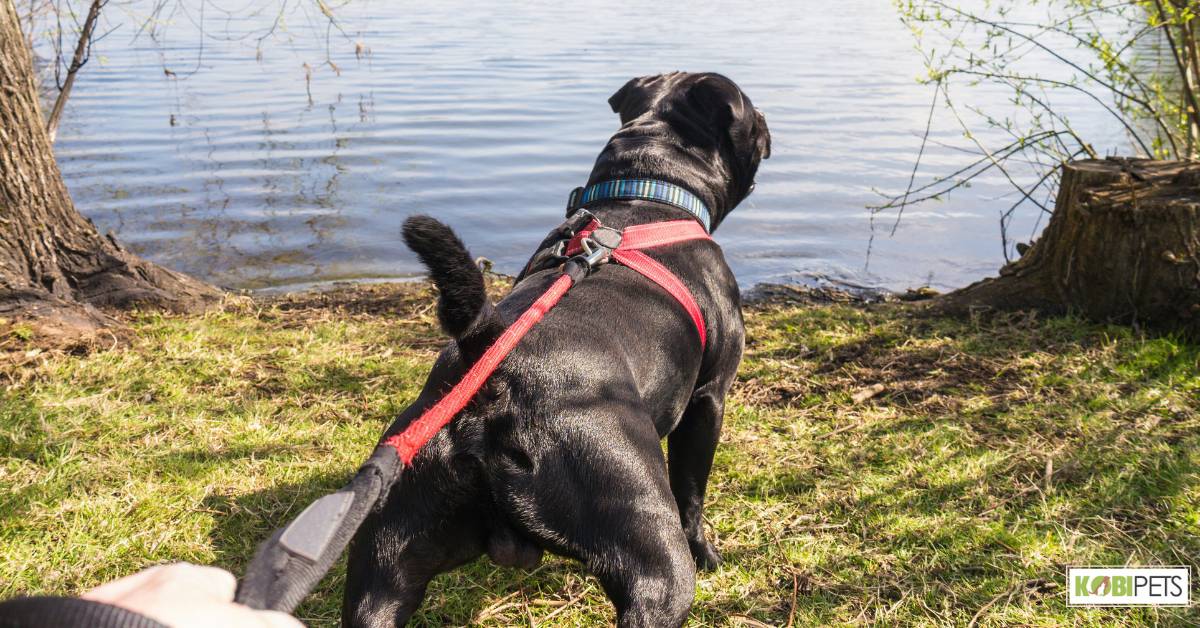
Step-in harness
Step-in harnesses are easy to put on and take off, as the dog simply steps into the harness. This type of harness is suitable for dogs that are less tolerant of having a harness put over their head.
Pros
- Easy to put on and take off
- Suitable for dogs that are less tolerant of having a harness put over their head
- Can provide better control over the dog
- Can provide a better fit for dogs with certain medical conditions or breeds that are prone to certain types of injuries
- Can provide additional support and security for dogs with breathing issues.
Cons
- Can be uncomfortable for some dogs if not properly fitted
- Can rub or chaff on certain dogs
- Can be more expensive than collars
- Can be less secure than collars
- Can be less convenient to use than collars
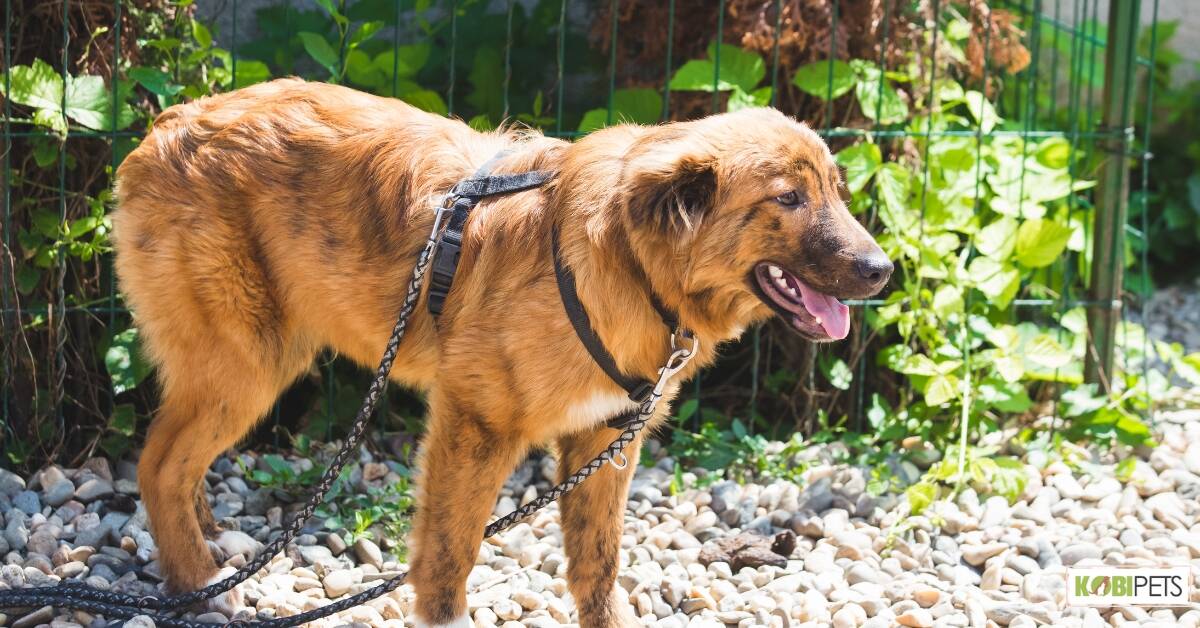
Vest harness
A vest harness is a type of harness that covers more of the dog’s body and can be used for various activities such as hiking, agility, or service dogs.
It’s essential to ensure that the harness fits well and is adjusted correctly, to ensure the best comfort and safety for the dog. Consult with a professional trainer or veterinarian if you have any doubts or questions.
Pros
- Covers more of the dog’s body
- Can be used for various activities such as hiking, agility or service dogs
- Can provide better control over the dog
- Can provide a better fit for dogs with certain medical conditions or breeds that are prone to certain types of injuries
- Can provide additional support and security for dogs with breathing issues.
Cons
- Can be difficult to put on some dogs
- Can be uncomfortable for some dogs if not properly fitted
- Can rub or chaff on certain dogs
- Can be more expensive than collars
- Can be less secure than collars
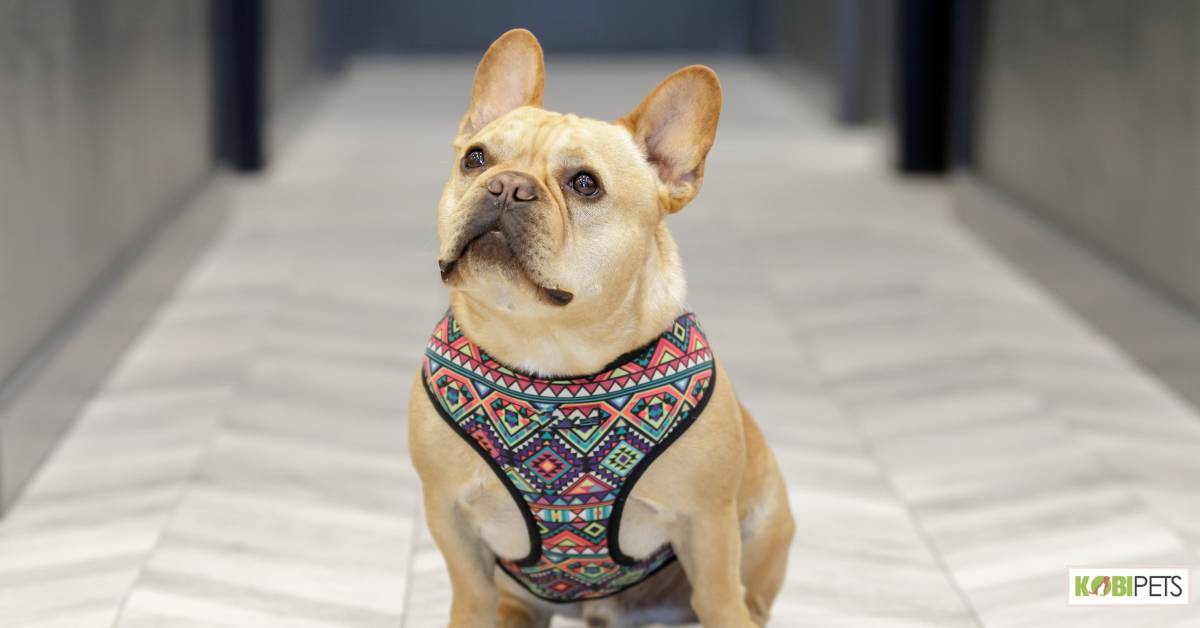
Choosing the Right Collar
There are several types of collars available for dogs, each with its own unique features and benefits.
Flat collar
A flat collar is the most common type of collar and is typically made of nylon or leather. It is designed to be worn around the dog’s neck and has a buckle or snap closure. Flat collars are suitable for most dogs and are often used to hold identification tags and other important information.
Pros
- Suitable for most dogs
- Can hold identification tags and other important information
- Can be used for all types of activities
- Can be used for all types of dogs
- Can be more comfortable for some dogs than harnesses
Cons
- Can cause injury if it’s too tight
- Can fall off or get caught on something if it’s too loose
- Can be less comfortable than harnesses for some dogs
- Can put pressure on the dog’s neck if not used correctly
- This can lead to injury for dogs with certain medical conditions or breeds that are prone to certain types of injuries
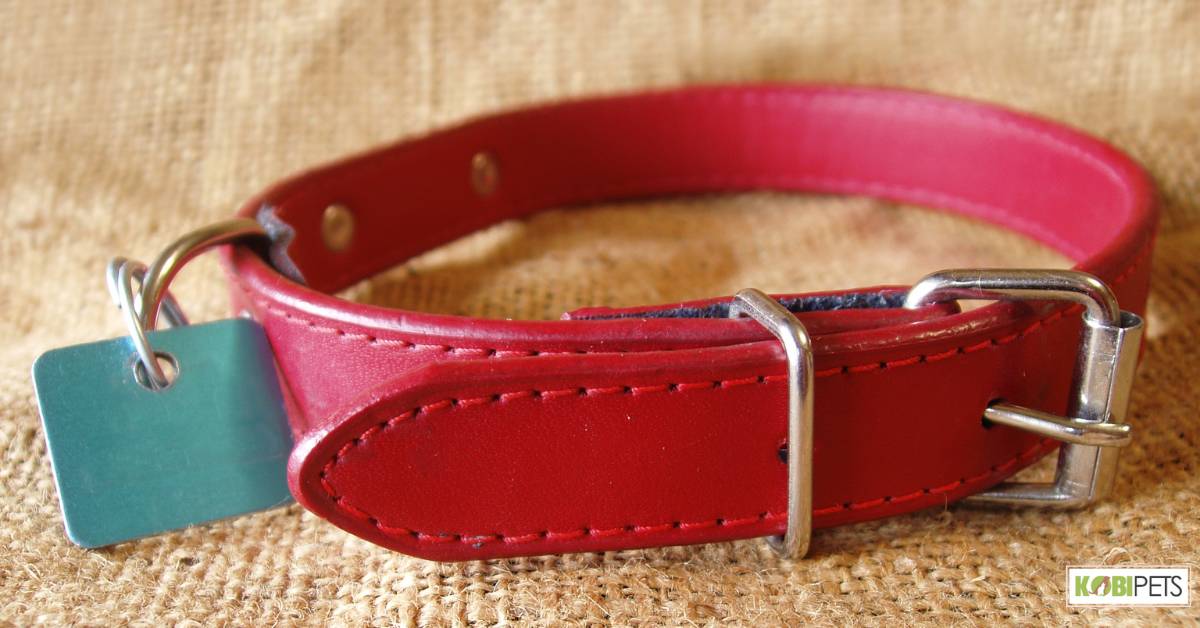
Martingale collar
A martingale collar is similar to a flat collar but has a loop of fabric or chain that tightens when the dog pulls. This type of collar is designed to prevent a dog from slipping out of the collar while still being comfortable to wear. It’s suitable for dogs that have a tendency to slip out of collars or have a narrow heads.
Pros
- Can prevent a dog from slipping out of the collar
- Can be more comfortable than a flat collar
- Can provide better control over the dog
- Can provide a better fit for dogs with certain medical conditions or breeds that are prone to certain types of injuries
- Can be more secure than a flat collar
Cons
- Prone to breakage
- Can be difficult to adjust for a proper fit
- Not suitable for long-haired dogs
- Potential to cause choking or injury if misused
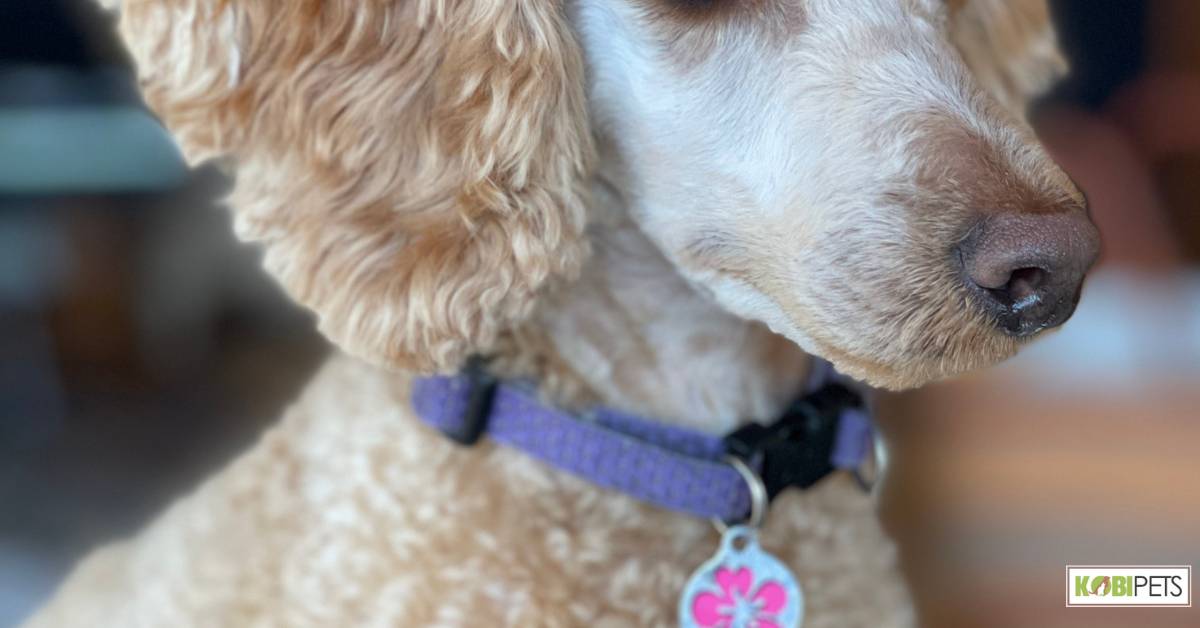
Breakaway collar
A breakaway collar is designed to release when a certain amount of pressure is applied, typically used for cats but can also be found for dogs. This type of collar is designed to prevent a dog from getting caught or injured if the collar gets caught on something.
Pros
- Designed to release when a certain amount of pressure is applied
- Can prevent a dog from getting caught or injured if the collar gets caught on something
- Suitable for cats and some small dogs
- Can provide better control over the dog
Cons
- Prone to breakage
- Can be difficult to adjust for a proper fit
- Not suitable for all types of dogs
- Potential to cause injury if misused
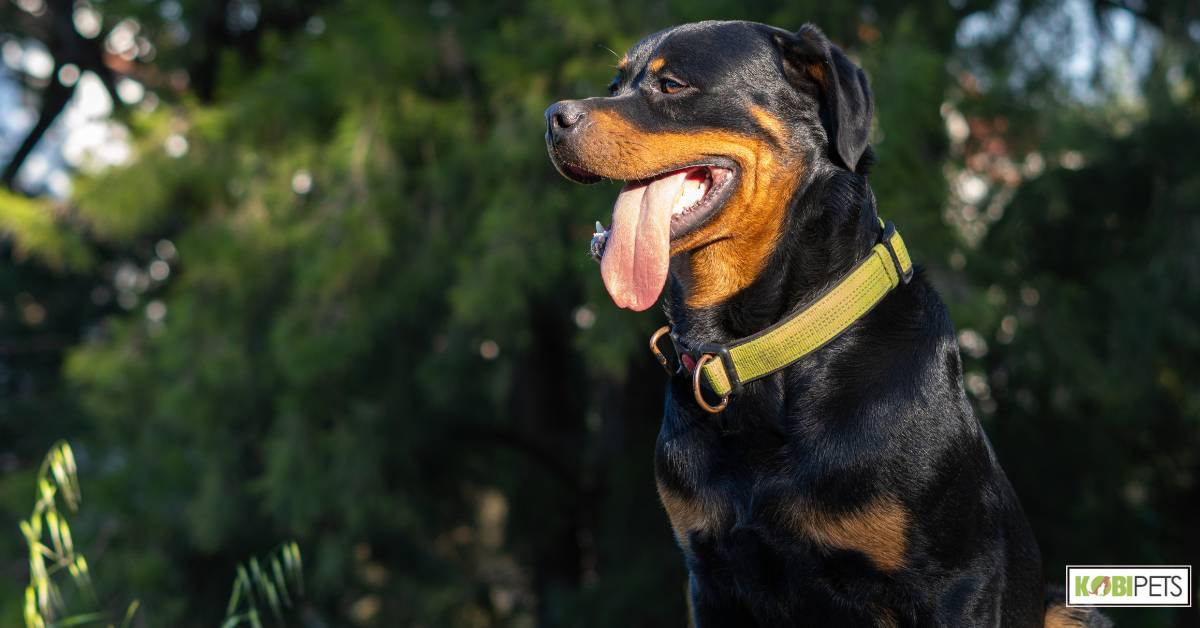
Choke or prong collar
Choke and prong collars are designed to control a dog by applying pressure to the dog’s neck. These collars are not recommended for general use, and it’s essential to consult with a professional trainer or veterinarian before using them.
Pros
- Can provide better control over the dog
- Can be used for training purposes
Cons
- Can cause injury if not used correctly
- Risk of choking or injuring the dog’s neck if misused
- Not suitable for all types of dogs
- Not recommended for general use
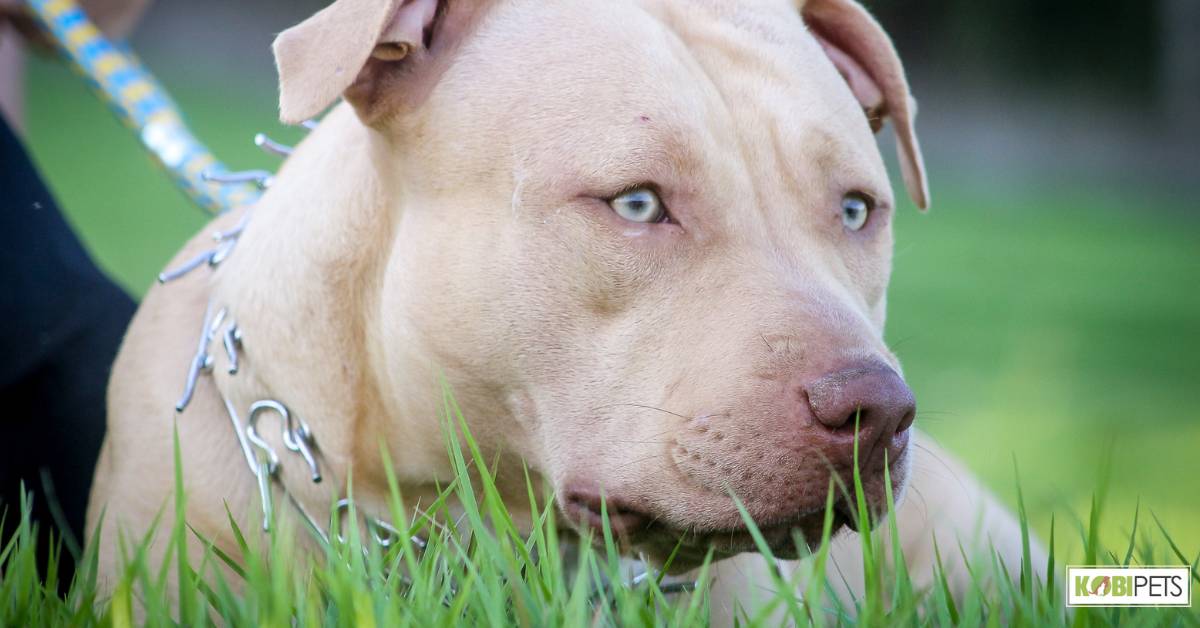
Electronic collar
Electronic collars are designed to deliver a small electric shock to the dog when a button is pressed. These collars are controversial and should be used only by experienced trainers or behaviorists, and with proper guidance.
It’s essential to ensure that the collar fits well and is adjusted correctly and to consult with a professional trainer or veterinarian if you have any doubts or questions.
Pros
- Can be used to train dogs from a distance
- Can be used to correct unwanted behaviors
- Can provide an effective deterrent to barking
- Can control aggression or disobedience in some cases
Cons
- Can cause physical discomfort or injury if misused
- This can lead to psychological stress in some dogs
- Limited range of coverage
- Potentially ineffective on thickly furred breeds
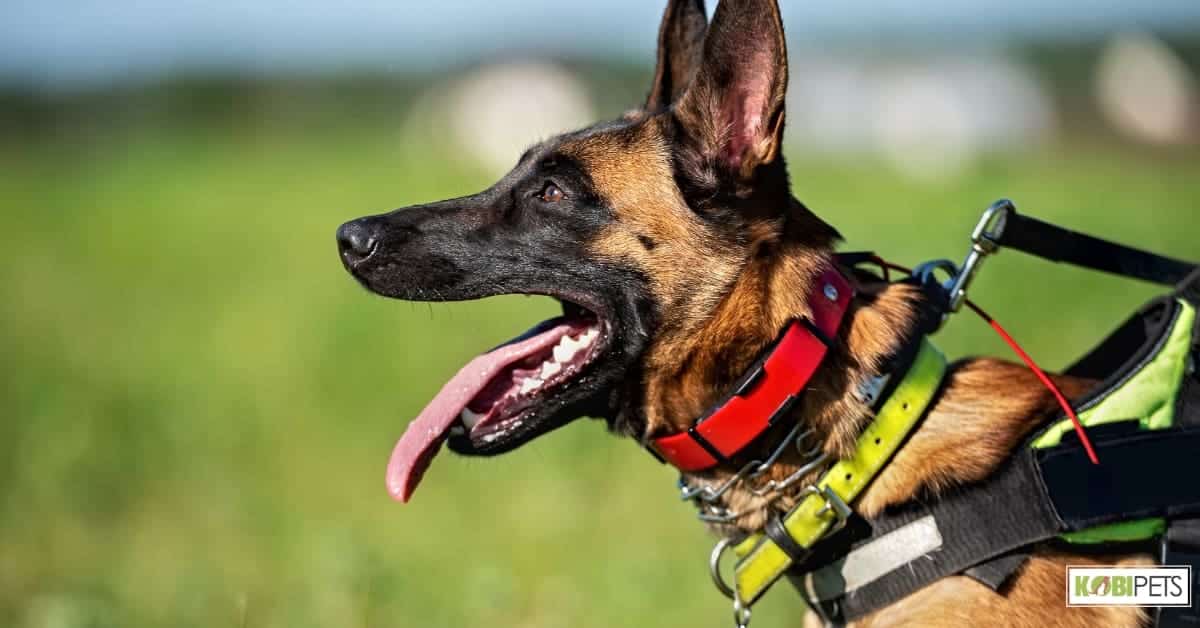
Selecting the Right Leash
There are several types of leashes available for dogs, each with its own unique features and benefits.
Retractable leash
A retractable leash allows the dog to move freely within a certain radius, while still being under control. The leash is typically made of a durable cord or tape that can be locked at a certain length.
Retractable leashes are suitable for dogs that are well-trained and can be used for activities such as running or hiking but should be used with caution as they can be dangerous if not used properly.
Pros
- Allows greater freedom to explore while still maintaining control
- Can help to prevent injuries by giving the dog more space
- Can be adjusted to different lengths depending on the situation
- Provides a better grip and easier handling for the owner
Cons
- Can be easily damaged if used improperly
- Limited control for the owner
- Can be dangerous if the dog runs too far away from it
- High risk of injury due to sudden stretches
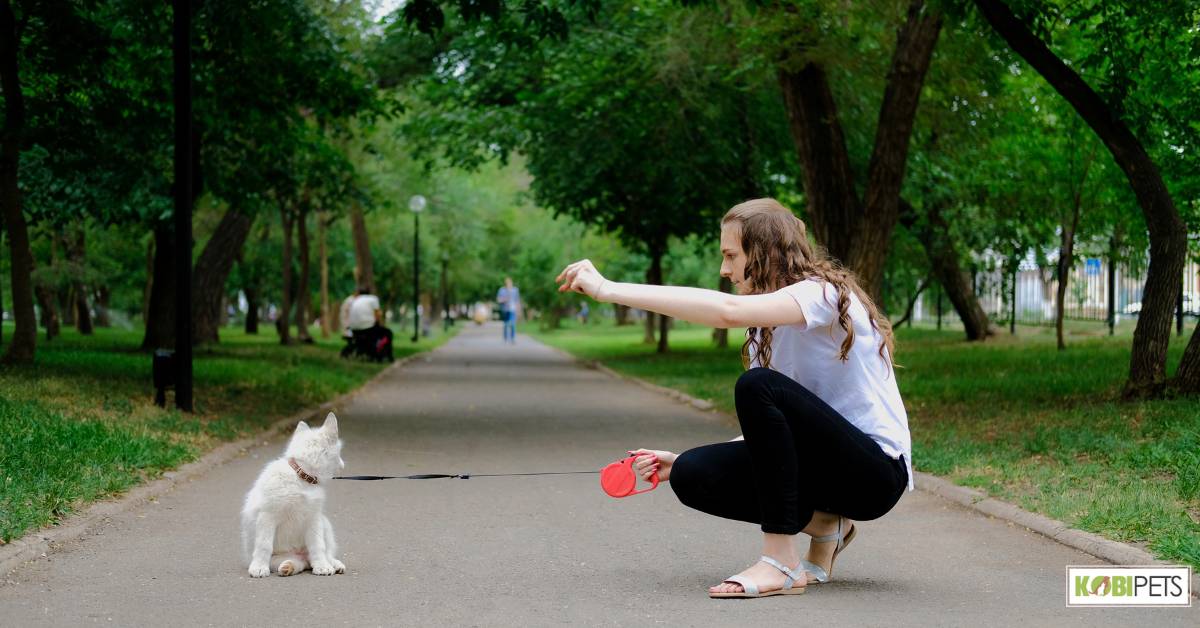
Standard leash
A standard leash is a fixed-length leash typically made of nylon or leather. It is typically 6 feet long and is suitable for most dogs and can be used for walking or training.
Pros
- Easy to control and handle for the owner
- Can retract quickly for a sudden stop
- Does not require much maintenance
- Does not put much strain on the pet’s body
Cons
- May not provide enough freedom of movement to the pet
- Can be pulled out of the user’s hand if the dog is too strong
- Does not provide any form of locking mechanism for added control
- Can cause accidental choking if used incorrectly

Hands-free leash
A hands-free leash is worn around the waist and allows the owner to have their hands free while walking the dog. This type of leash is suitable for activities such as running or hiking.
Pros
- Allows for greater freedom of movement for the pet
- Does not require that much control from the user’s side
- Can be used for jogging or running with the pet
- Offers better control for large and strong dogs
- Can reduce stress on the shoulders, wrists, and arms
Cons
- Can be difficult to control large and strong dogs
- Requires that the user have some physical agility and coordination
- The dog may run too far away from the user or may end up feeling restricted by the leash
- Not suitable for areas with a lot of obstacles, such as stairs or narrow alleys

Double-ended leash
A double-ended leash has two clips, one at each end, and allows the owner to use one clip for walking and the other clip for training or control.
Pros
- Offers the user the opportunity to control two dogs with the same leash
- Free up hands for carrying bags or other items
- Keeps both dogs close together, making it easier to manage them
- Can be used with a harness and collar combination
- Reduces tangling of leashes while walking two dogs together
Cons
- Can be difficult to handle two dogs at once
- This may cause conflict between dogs, if they are not accustomed to walking together
- Cannot be used with just a single dog
- Difficult to control the direction of both dogs when walking
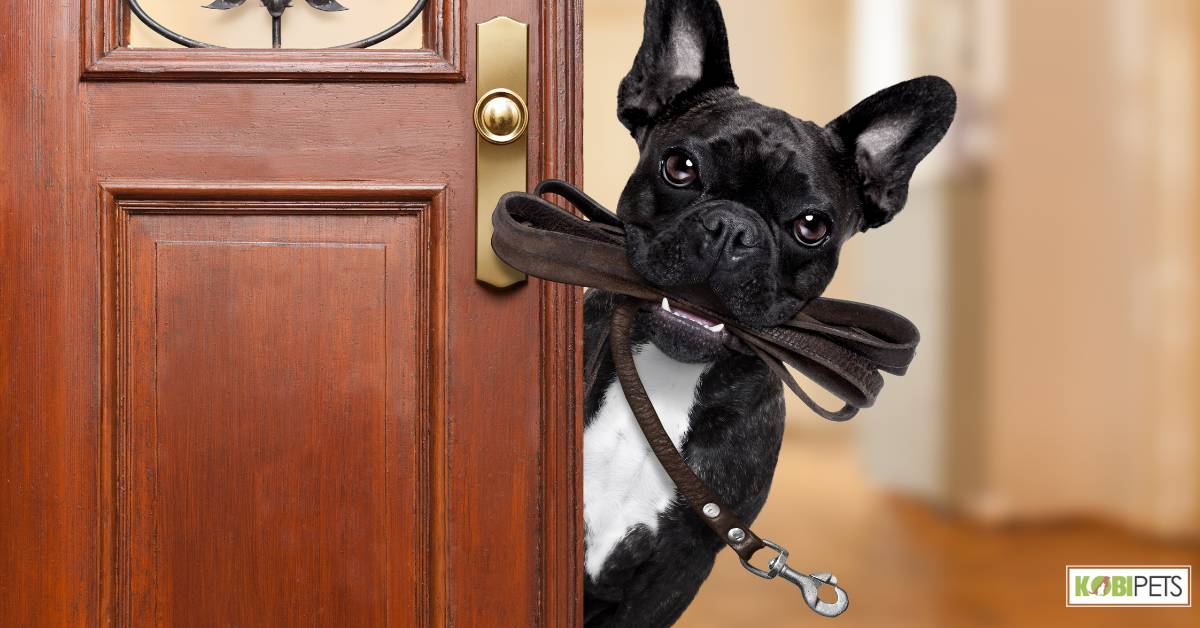
Training leash
A training leash is typically shorter than a standard leash and allows for more control during training.
It’s essential to choose a leash that is strong and durable, and the right length and width for your dog. It’s also important to keep in mind the intended use of the leash, whether for training, walking, or for specific activities.
Pros
- Keeps the dog close to the owner, giving him/her greater control
- Provides positive reinforcement and guidance for the dog
- Allows for quick corrections, if the dog misbehaves or gets distracted
- Provides better communication between the owner and their pet
- Reduces stress on both parties, as dogs will be less likely to pull or lunge suddenly
Cons
- Can be difficult to use properly, as timing is key for positive reinforcement
- Can cause frustration or confusion for the dog if not used correctly
- Not suitable for large or strong breeds that can easily overpower their owners
- Limited control over how far a dog can roam and explore its surroundings
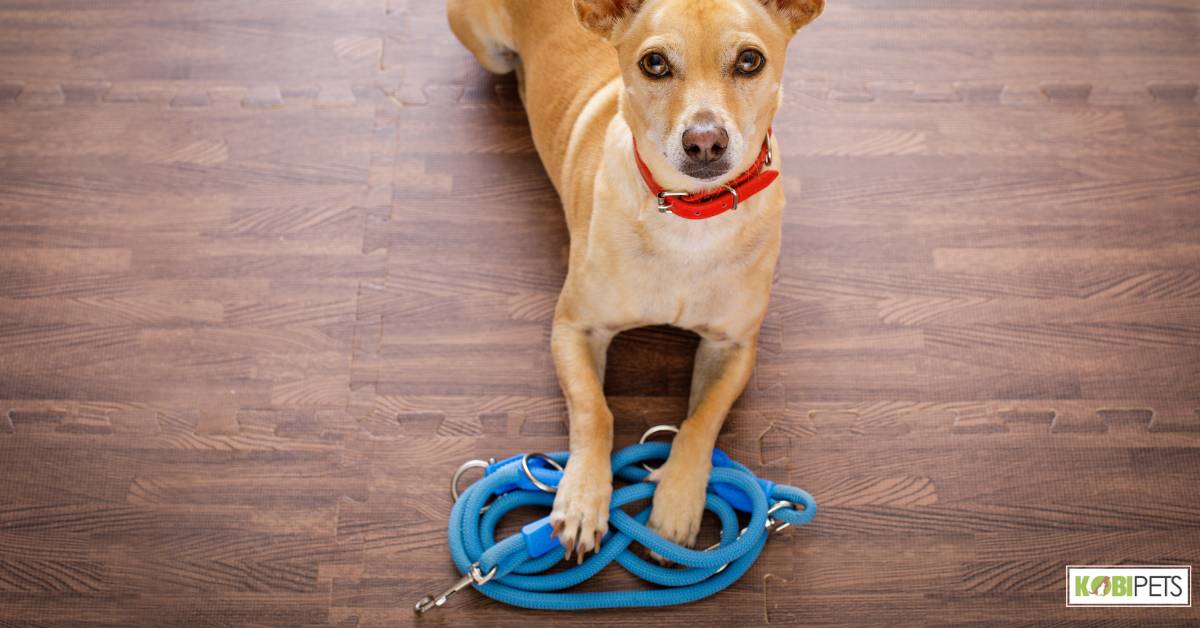
In Conclusion
Selecting the right collar and leash for your dog is important to ensure comfort, safety, and control. There are a variety of collars and leashes available on the market, each with its own unique features and benefits. It’s essential to choose the right type of collar or leash for your dog based on its size, breed, and activity level.
It’s also important to consult with a professional trainer or veterinarian if you have any doubts or questions. Taking the time to find the right collar and leash for your dog can help ensure many years of happy adventures together!






